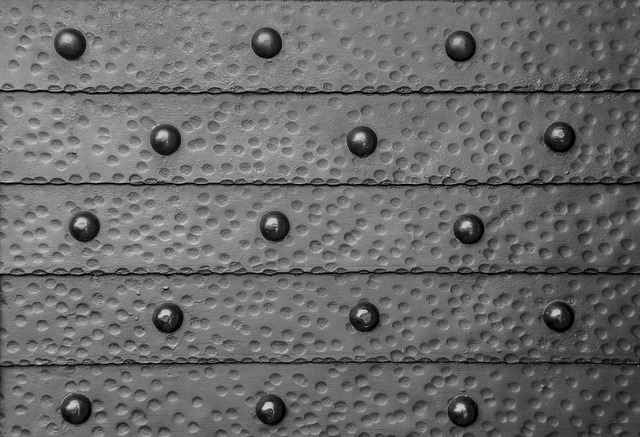Metal front doors have gained popularity due to their aesthetic appeal and durability, with options in steel, aluminium, and iron offering distinct benefits. Styles range from modern minimalist to traditional ornate, allowing personalization through engravings or overlays. They provide excellent insulation, weather resistance, and corrosion protection, suitable for various architectural tastes and climates. Choosing these doors offers superior durability, security, and weather resistance compared to wood doors, with robust construction, advanced locking mechanisms, and customizable styles. Installation requires a level surface and secure hardware attachment, while regular maintenance, inspections, and protective coatings ensure longevity and reliability.
“Elevate your home’s curb appeal and security with decorative and functional metal doors. In this comprehensive guide, we explore the world of metal front doors, delving into their versatile materials and styles. Discover the myriad benefits of choosing these durable doors, from enhanced security to aesthetic appeal. Learn about incorporating functional elements for optimal performance and gain expert installation tips along with essential maintenance guidelines. Transform your entry with the beauty and strength of metal front doors.”
- Understanding Metal Front Doors: Materials and Styles
- Benefits of Choosing Decorative Metal Doors
- Incorporating Functional Elements for Optimal Performance
- Installation Tips and Maintenance Guidelines
Understanding Metal Front Doors: Materials and Styles
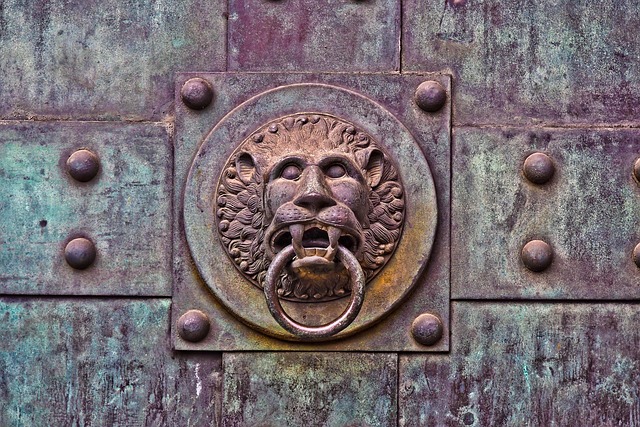
Metal front doors have become a popular choice for homeowners seeking both aesthetics and durability. When it comes to understanding metal front doors, the first step is to appreciate the diverse materials and styles available. These doors are crafted from various metals like steel, aluminium, and iron, each offering unique characteristics. Steel doors, known for their strength and security, provide excellent insulation and can withstand extreme weather conditions. Aluminium alternatives are lightweight yet robust, featuring a high resistance to corrosion, making them ideal for coastal areas. Iron doors, on the other hand, exude timeless elegance with their intricate designs and rich colours.
In terms of styles, metal front doors come in a wide range, catering to different architectural tastes. From modern and minimalist designs to traditional and ornate patterns, there’s a style to suit every home. Flat or smooth panels offer a contemporary look, while raised and embossed designs add texture and depth. Some doors even feature intricate engravings or overlays, allowing homeowners to personalise their entrance and create a unique focal point for their property.
Benefits of Choosing Decorative Metal Doors
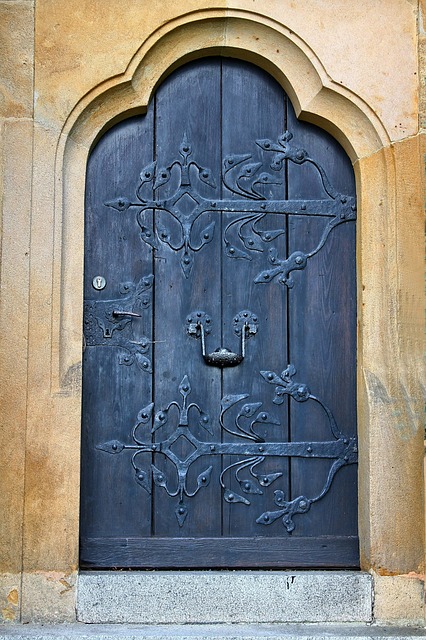
Choosing decorative metal doors offers a multitude of benefits that extend far beyond mere aesthetics. In addition to enhancing the visual appeal of your home or business, these doors provide superior durability and security. Metal front doors are known for their resistance to wear and tear, making them a reliable choice for high-traffic areas. Their robust construction ensures they can withstand extreme weather conditions, from intense sunbeams to harsh storms, without warping or rotting like traditional wood doors.
Moreover, decorative metal doors often come with advanced locking mechanisms, bolstering your property’s security. The sturdy materials and intricate designs make them less appealing to potential intruders, providing peace of mind for homeowners and business owners alike. With a wide range of styles and customisation options available, these doors can become a unique statement piece that reflects your personal taste while also serving as a functional and protective barrier.
Incorporating Functional Elements for Optimal Performance
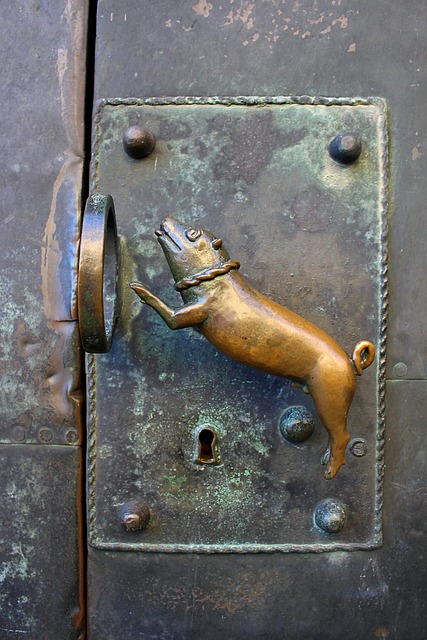
When designing decorative and functional metal front doors, incorporating practical elements is key to ensuring optimal performance. These doors often serve as a primary entry point, so they need to be robust and secure. Strong hinges, robust locking mechanisms, and weatherstripping are essential features that enhance both the door’s durability and energy efficiency. For instance, using high-quality hinges allows for smooth opening and closing, preventing premature wear and tear.
Additionally, considering functional elements like adjustable thresholds and automated door openers improves accessibility and convenience. Automated doors, especially useful for commercial spaces or homes with limited mobility, ensure easy entry and exit while maintaining security. These practical additions not only make metal front doors more user-friendly but also contribute to their longevity, ensuring they stand the test of time and remain a stylish and reliable entrance point.
Installation Tips and Maintenance Guidelines
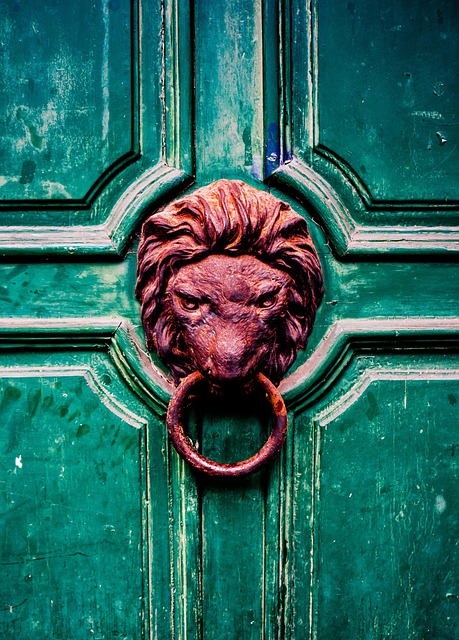
When installing metal front doors, proper preparation is key. Ensure a level surface for a seamless fit and secure attachment to the frame using high-quality hardware. Regular maintenance is equally vital for decorative and functional metal doors. Cleaning with mild soap and water helps preserve the finish, while applying protective coatings periodically can extend the life of your door, ensuring it remains both secure and aesthetically pleasing.
For optimal performance, inspect doors regularly for signs of wear or damage. Lubricate hinges smoothly to maintain smooth operation, and keep an eye out for any misalignments that could impact closure. Remember, proper care will not only enhance the door’s appearance but also guarantee its longevity, making metal front doors a reliable and stylish choice for any home.
Metal front doors offer a versatile blend of aesthetics and durability, enhancing both the curb appeal and security of your home. By understanding different materials, styles, and functional elements, you can make an informed decision that aligns with your preferences and needs. With proper installation and regular maintenance, decorative metal doors become a long-lasting investment, providing peace of mind and a unique visual appeal that sets your residence apart.
